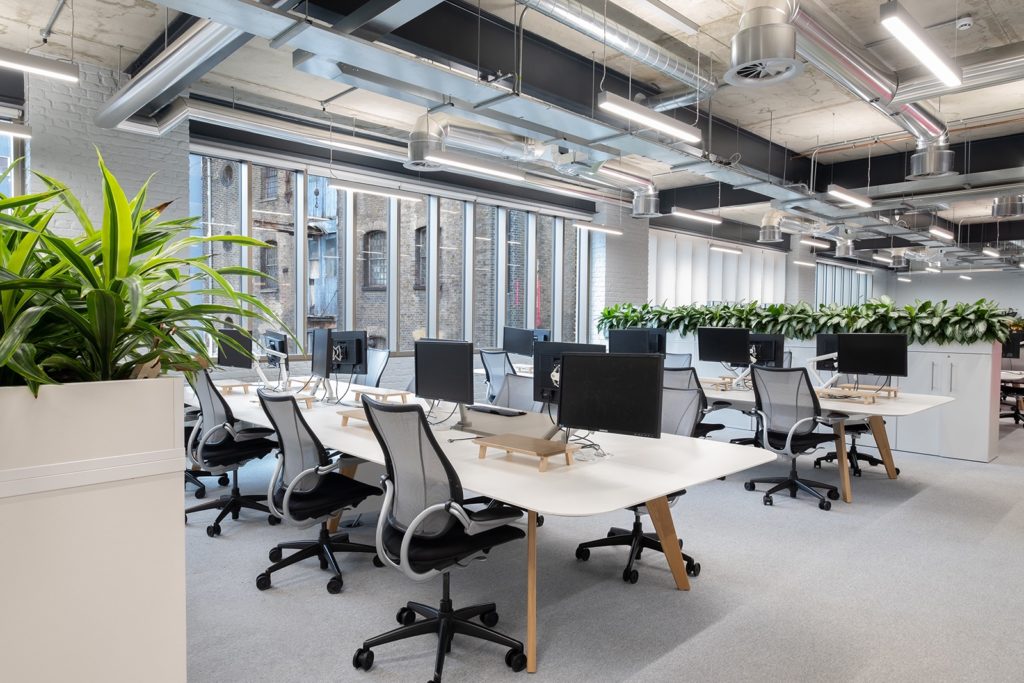Indoor Air Quality
Indoor Air Quality
The environment where people live, work and rest, in short, about 90% of the day, is either closed or semi-closed places. The air of these places where we are located is polluted by the gas, dust and organic vapor emissions we generate as a result of our own activities. Indoor air quality is defined as 'indoor air can affect a person's health, comfort and ability to work'. So much so that sometimes indoor air quality can be so dirty that it cannot be compared with outdoor air quality. There may be exposure to temperature, humidity, poor ventilation, mold or other chemicals. While most of these contaminants cannot be completely eliminated, they can be minimized. A good start is to make sure your building's HVAC unit is working properly and to equip it with the correct air filter regularly.
In case of poor air quality in indoor environments, complaints such as headache, itching in the eyes, throat protection, weakness, burning in the nose, distraction, inability to concentrate on work and hypersensitivity or insensitivity to smells increase. In addition, more serious complaints and discomfort are encountered especially in people who work or spend time in closed environments at workplaces. Indoor environments that cause such complaints are defined as sick buildings and the problems resulting from them are defined as sick building syndromes.
7.1.Causes of Indoor Air Pollution
Air, as it is known, consists of 78% nitrogen, 21% oxygen and 1% "other" gases, including gases such as carbon dioxide and various chemical compounds. Indoor pollutants can be evaluated in one of three categories.
CATEGORY 1: Pollutants produced in the environment: Carbon dioxide originating from humans in the environment, biological odors and synthetic aromas, cigarette smoke, volatile organic compounds from adhesives and other substances, solvents and cleaning agents, chemicals for process or storage and odors that occur during cooking are included in this category is located.
CATEGORY 2: Environmental pollutants introduced into the environment: Carbon dioxide, sulfur dioxide, industrial chemicals and solvents are included in this group. The most common way these pollutants reach the environment is; Building openings that serve a specific purpose such as windows and doors, building openings that do not serve a specific purpose, such as leaks on window edges, and outdoor air used by the ventilation system.
CATEGORY 3: Organic pollutants that grow in the environment: These types of pollutants constitute the most common, most dangerous and unfortunately the least understood group. It occurs in regions with high humidity and suitable temperatures. Common forms of these contaminants can be counted as germs and mold.

